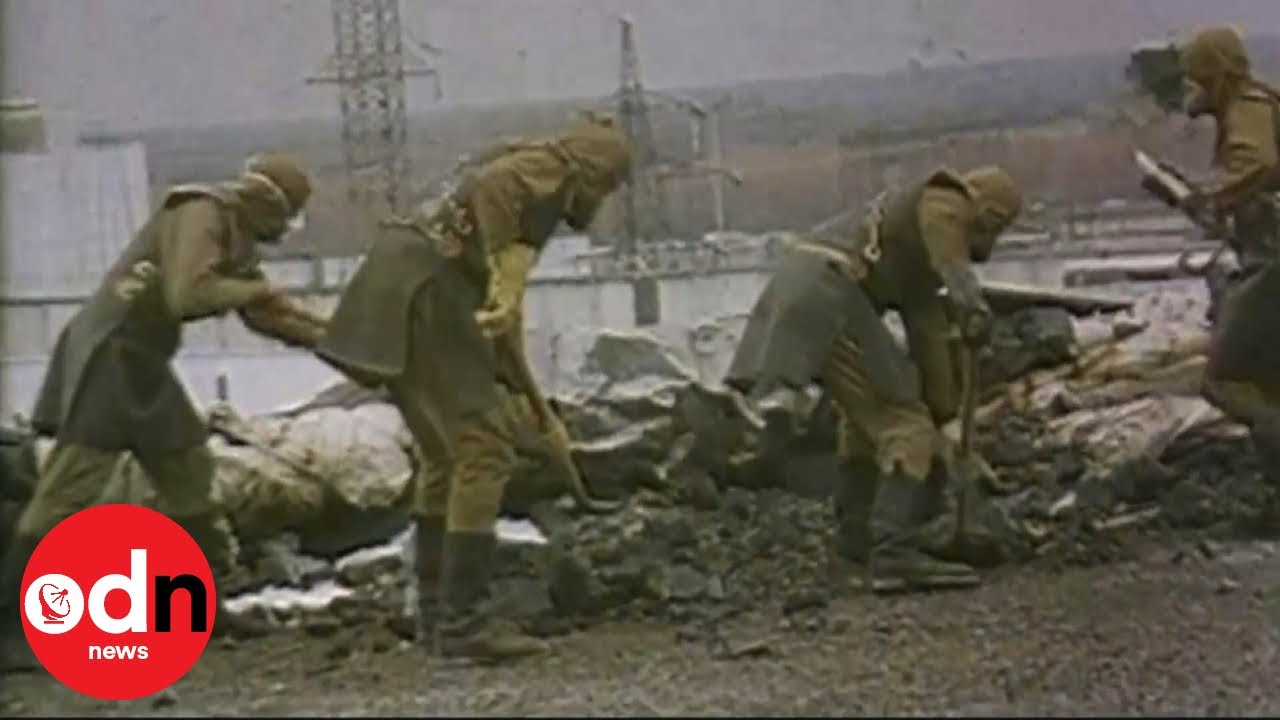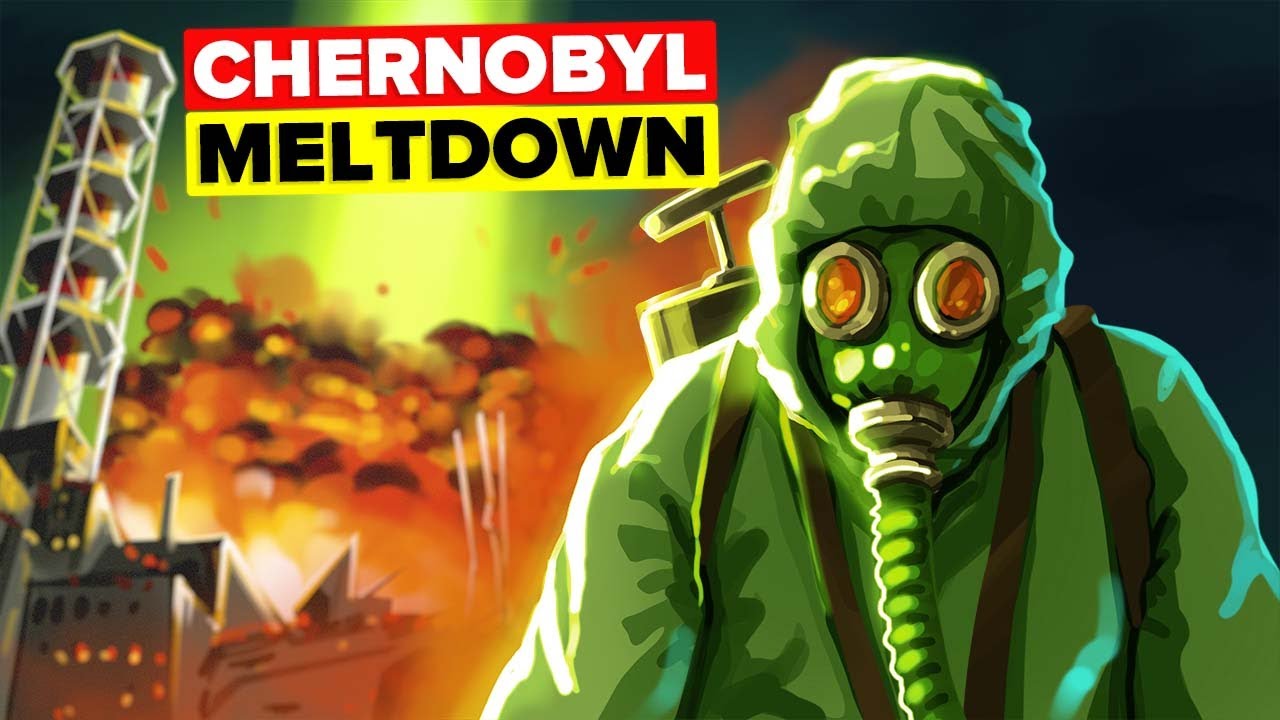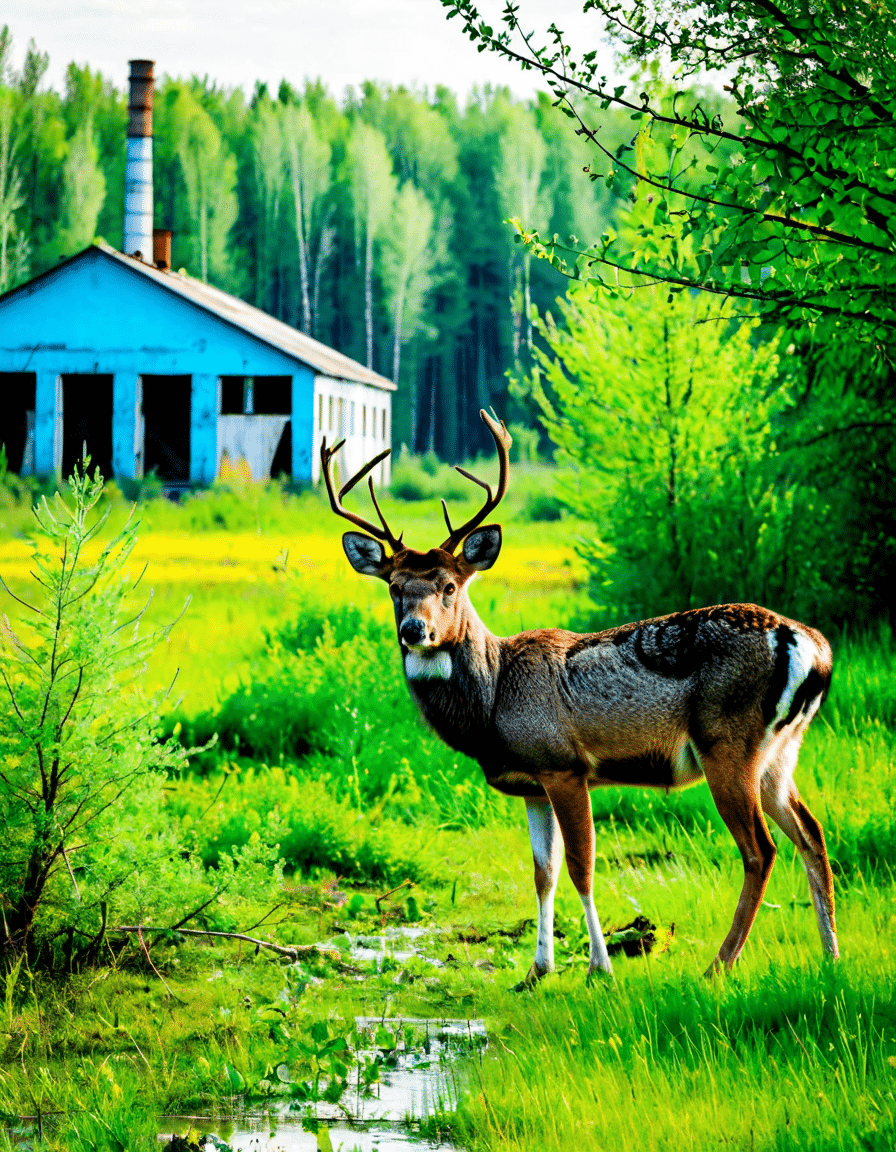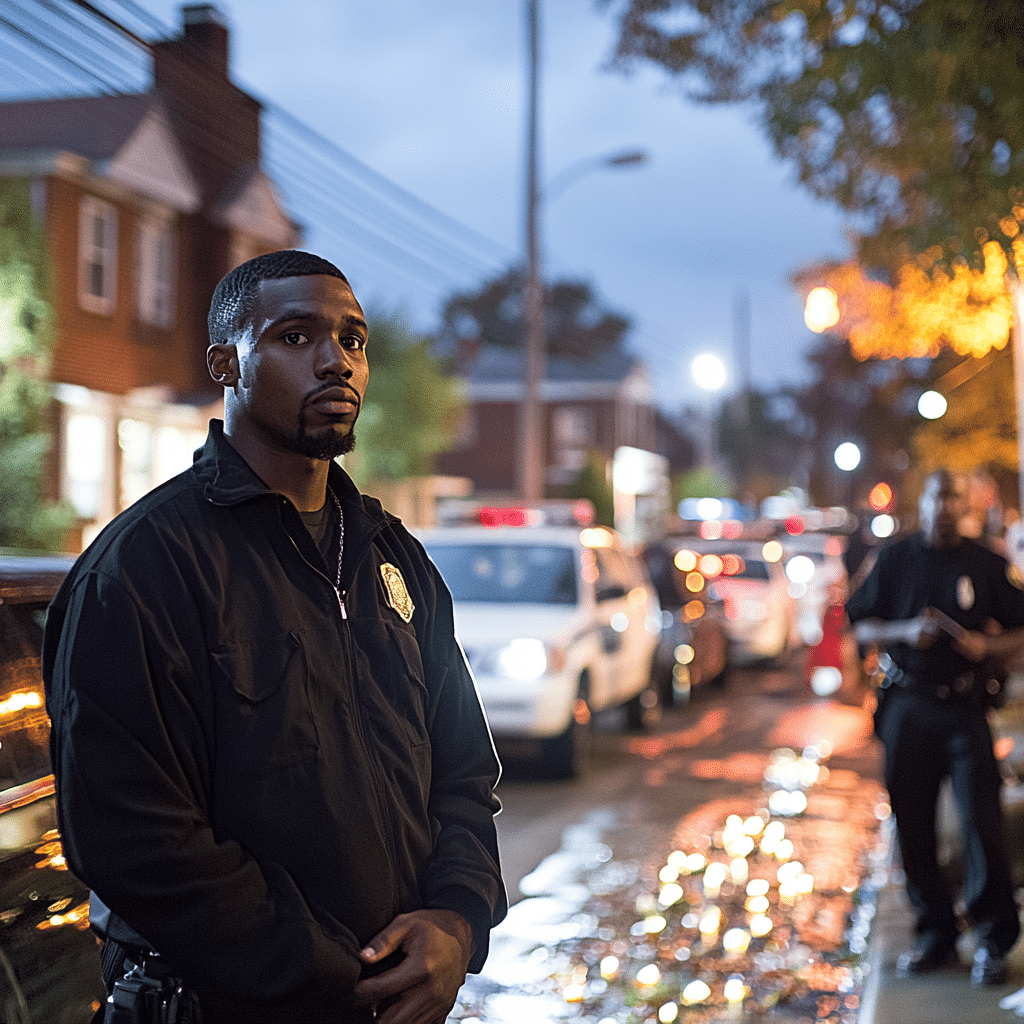The Chernobyl disaster of April 26, 1986, wasn’t just a bad day at the office; it was a catastrophic event that reshaped lives, landscapes, and policies for generations. The explosion of Reactor No. 4 at the Chernobyl Nuclear Power Plant unleashed a radioactive mess into the atmosphere like confetti at a poorly planned party. So, grab a snack, settle in, and let’s unravel the story of this harrowing event and its long-lasting effects on humanity.

Understanding the Chernobyl Disaster: A Timeline of Events
The Initial Explosion
On that fateful night in 1986, a safety test was in progress, but it quickly spiraled out of control. The reactor explosion sent a plume of radioactive material soaring high into the atmosphere, effectively turning the area into a toxic, uninhabitable zone. Pripyat, the nearby town home to the plant workers and their families, was as quiet as a librarian at first, with authorities delaying the evacuation. It took nearly 36 hours and a mountain of misinformation for the Soviet Union to finally wake up to the reality of what had happened. Imagine being told repeatedly that everything’s fine while a ticking time bomb looms over you.
Immediate Response
The Soviet government’s lackluster response sparked chaos and confusion. They initially told residents there was no danger, leading many to stay put. When the evacuation order finally arrived, it was as if the residents were told they’d won a ticket to paradise — except paradise was a bus ride away from potential death. Hundreds of thousands of people were fleeing, packing only what they could carry as they scurried away from a nightmare shaped by government incompetence. Misinformation and fear took center stage, resulting in massive health crises and environmental devastation that would last decades.

Top 5 Long-Term Impacts of the Chernobyl Disaster
1. Public Health Crisis
The fallout of the Chernobyl disaster hit health data like a ton of bricks, particularly for children. A dramatic rise in thyroid cancer rates was observed, and studies by the World Health Organization show that the long-term health consequences for survivors are profound. Families had to grapple with loss while navigating a new reality filled with medical appointments and prognosis uncertainties. It’s like a horrible game of whack-a-mole, where every health disparity that pops up leads to another family fight.
2. Environmental Devastation
Chernobyl’s Exclusion Zone is now a bizarre showcase of nature’s resilience. Despite the radiation, plant and animal life have made a surprising comeback. The Przewalski’s horse, once extinct in the wild, now roams freely in the contaminated landscape. It’s a classic “nature finds a way” story, reminiscent of the film Jurassic Park. But it’s not all sunshine and rainbows; the environmental damage still poses a significant risk to future generations.
3. Cultural Perception and Legacy
The Chernobyl disaster also seeped into the creative landscape of our culture. From HBO’s critically acclaimed series Chernobyl to video games like S.T.A.L.K.E.R., the disaster has become a rich tapestry of storytelling. It’s a chilling exploration of the psychological nightmare left behind when we let technology run amok, and a stark reminder of the dangers of ignoring meaningful conversations about safety.
4. Political Ramifications
Politically, Chernobyl acted like a pebble tossed into a pond, causing ripples that led to the eventual dissolution of the Soviet Union. Figures like Mikhail Gorbachev used the disaster as a catalyst for transparency and policy changes, arguably changing the course of history. It’s almost poetic how such devastation opened the doors for reform, paving the way for a freer and more open society.
5. Economic Impact on Eastern Europe
The financial fallout has been nothing short of staggering. Cleanup efforts have drained budgets, and long-term sustainability remains in question. Cities around Chernobyl still face the daunting task of revitalization. Think about it: how do you put a price on reclaiming a piece of land that’s been defined by calamity? Recent investments show hope, but the road ahead is long and winding.

Chernobyl and Galatasaray: Unlikely Cultural Connections
Impact on Global Society
At a glance, the Chernobyl disaster and Galatasaray, a football team from Turkey, don’t seem related. However, both have become powerful symbols of resilience in the face of adversity. As political tensions simmered in Turkey during the late 1980s, Galatasaray emerged as a beacon of hope, reminding fans that solidarity could triumph despite overwhelming challenges. While Chernobyl spoke of environmental and health calamity, Galatasaray’s rise showed how community and spirit can overcome obstacles.
Artistic Representation
Art has a way of chronicling pain and triumph through breathtaking visuals or evocative words. Both the Chernobyl disaster and Galatasaray have inspired artists and writers alike. From public commemorations in Ukraine to art installations celebrating successful team moments, the collective narratives of resilience become intertwined. Much like how historic music icons Simon And Garfunkel defined a certain era through their harmonies, these stories echo sentiments of survival against all odds.

Technological Advances Triggered by the Chernobyl Disaster
Nuclear Safety Innovations
The shockwaves from the Chernobyl disaster prompted an overhaul in nuclear safety measures worldwide. After the disaster, significant advancements were made in safety protocols, drastically enhancing the way nuclear power is handled. Enter the International Atomic Energy Agency, which now boasts comprehensive guidelines that are a direct result of hard lessons learned from tragedy.
Environmental Monitoring Technologies
Innovative technologies have emerged to prevent future incidents. Remote sensing and AI-driven assessments are now commonplace, enabling experts to keep a watchful eye on nuclear plants worldwide. It’s a combination of lessons learned and new tech, ensuring that history doesn’t repeat itself. Remember, as they say, “Fail to prepare, prepare to fail!”

Cultural Commemorations and Continued Education
Memorials and Museums
Chernobyl’s legacy lives on through memorials and museums dedicated to honoring those affected. The Chernobyl Museum in Kyiv serves as a significant reminder of the disaster’s impact. Survivor stories are integral to education, ensuring that future generations know the dangers of unchecked technology and governmental negligence.
Global Awareness Campaigns
Documentaries, literature, and international symposiums continue to educate the public on the hazards of nuclear energy. Films about Chernobyl capture both minds and hearts, driving home the point that while we may advance, we need to remain vigilant. The global community has engaged in conversations, created campaigns, and strengthened their resolve to prioritize safety, reminding us that ignorance is not bliss.
The Ongoing Legacy of Chernobyl
The Chernobyl disaster remains an indelible moment in history. Its impacts overflow into cultural, environmental, and political dialogues worldwide. As we face the future, Chernobyl serves as a solemn reminder of our vulnerability and the technology we harness. It pushes us to learn from our errors and cultivate a more conscious, informed society. Just like the spirit of Galatasaray continues to inspire, the legacy of Chernobyl urges us into action, inviting us to step forward in resilience and intelligence.
In the end, Chernobyl’s story is not just about the past; it’s a call to think about the future. It teaches us that understanding and remembrance are the first steps toward prevention. We owe it to ourselves and future generations to ensure history doesn’t repeat itself while we continue to tell these powerful stories.
Chernobyl Disaster: A Glimpse into its Impact and Trivia
The Fallout of History
The Chernobyl disaster wasn’t just a local incident; it sent ripples through the entire globe. Did you know that the nuclear plant event on April 26, 1986, released about 400 times more radiation than the atomic bomb dropped on Hiroshima? This catastrophic leakage impacted not only human residents but also the surrounding wildlife. Quite interestingly, the Exclusion Zone has become a haven for flora and fauna, effectively showcasing nature’s resilience. Speaking of resilience, have you heard about the live-action adaptation of Moana? The cast includes a young talent making waves, much like how the aftermath of Chernobyl continues to resonate today.
Cultural References and Commemorations
The fallout from the disaster even inspired pop culture. The HBO miniseries, Chernobyl, received rave reviews, highlighting the importance of accurate storytelling in bringing historical events to light. If you’ve been following the Divergent Series, you can see how dystopian themes often echo real-life issues, such as the social and environmental concerns raised by incidents like Chernobyl. On the flip side, the disaster also drew attention to safety protocols in nuclear plants worldwide, emphasizing how essential these measures are to prevent future calamities.
Personal Narratives and Global Impact
There are haunting tales of those affected, like firefighters and plant workers who rushed into danger on that fateful night. Personal stories from people who lived through the Chernobyl disaster reveal a blend of courage and sorrow. Just like in the documentaries about Chalino Sanchez, these narratives capture the human spirit amid tragedy. Meanwhile, modern sources of entertainment, such as Annabelle Wallis’s movies, sometimes echo themes of survival and endurance under crisis. On a lighter note, the fascination around celebrity lifestyles, like Kylie Jenner and Timothée Chalamet’s recent sightings, shows how life goes on, even in shadows cast by tragic events like this one.
As we reflect on the Chernobyl disaster, it’s critical to recognize its lasting legacy—not just in terms of environmental impact, but also how it shaped perceptions about safety in our increasingly technological world.























